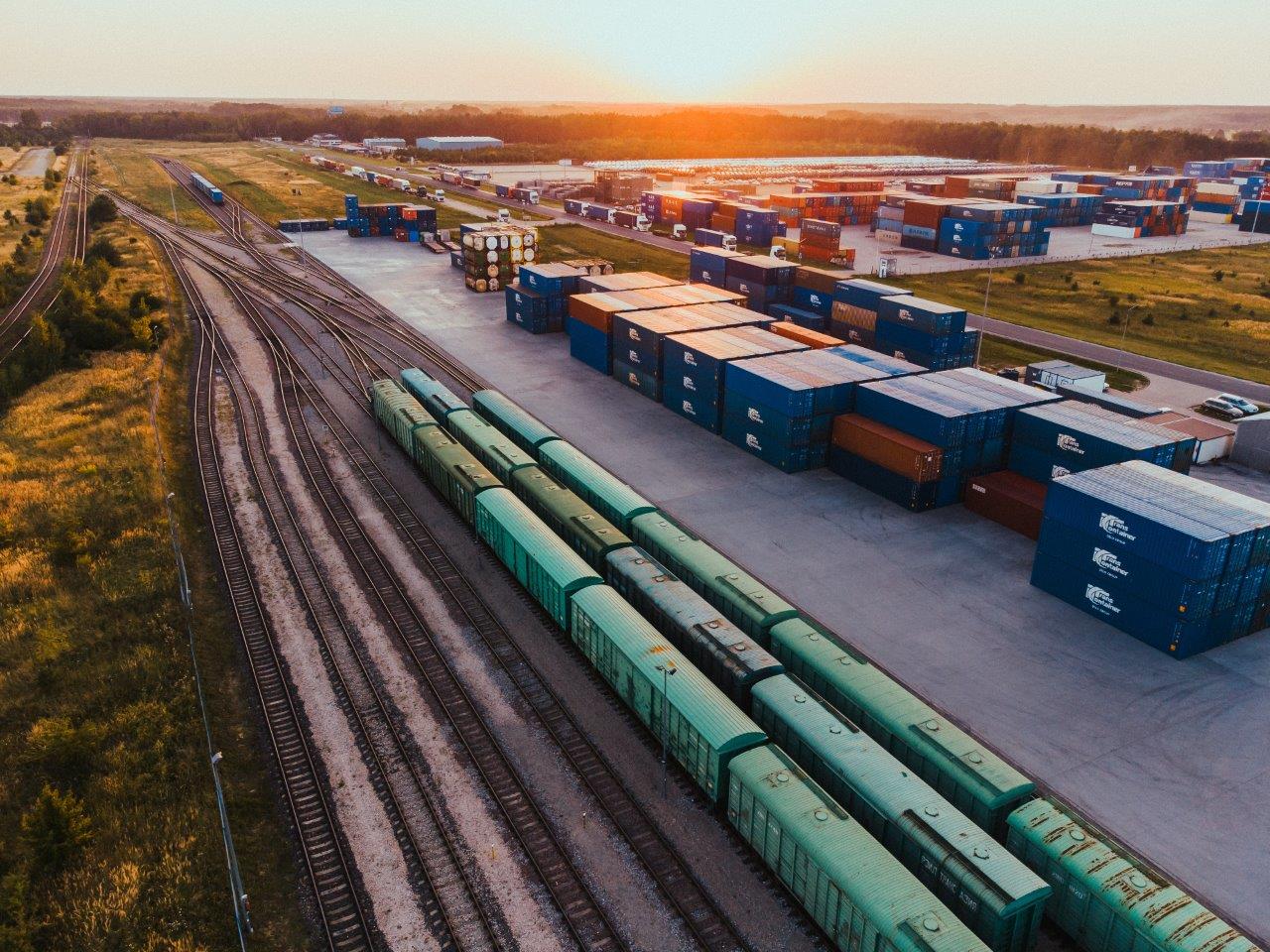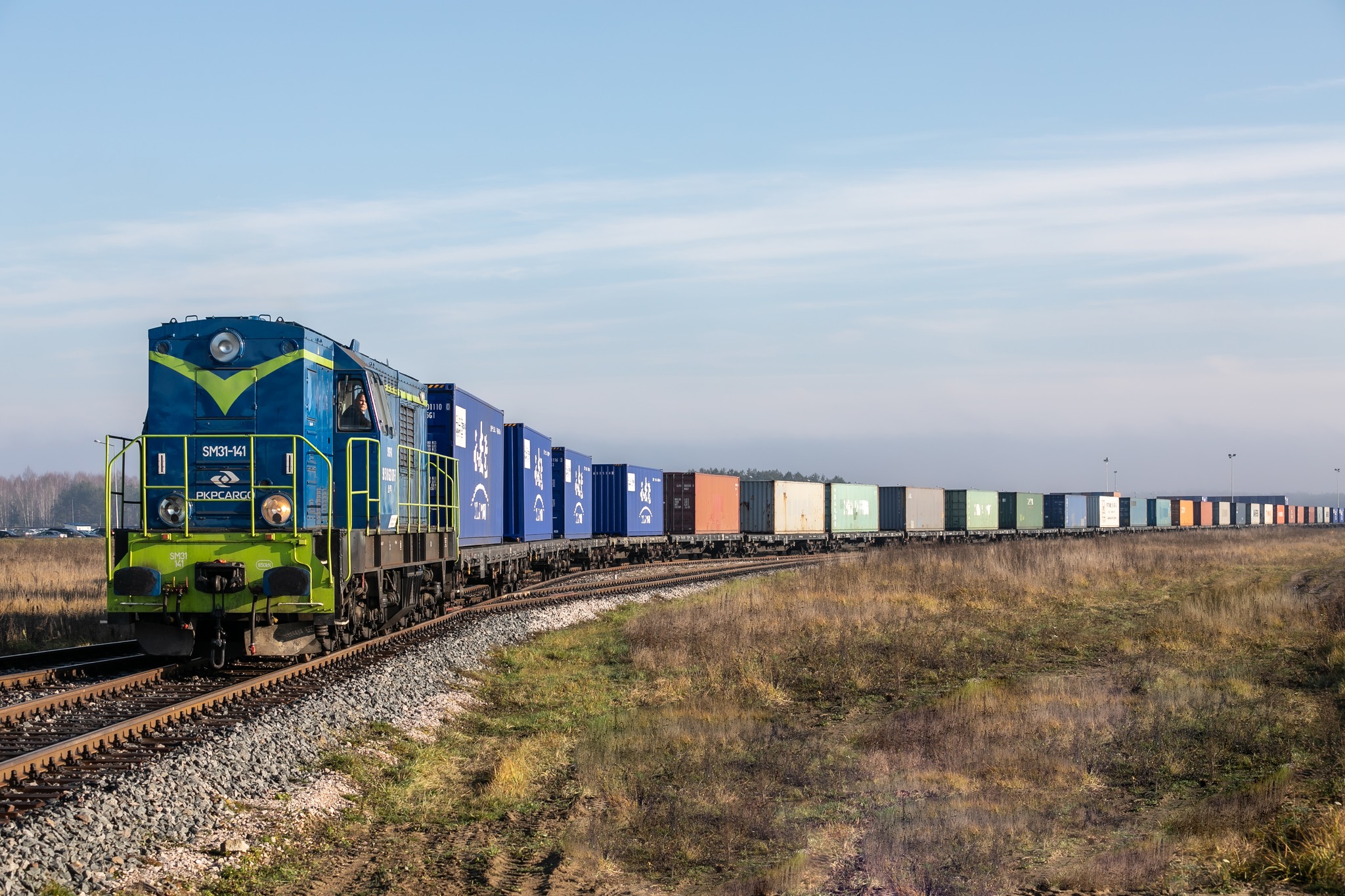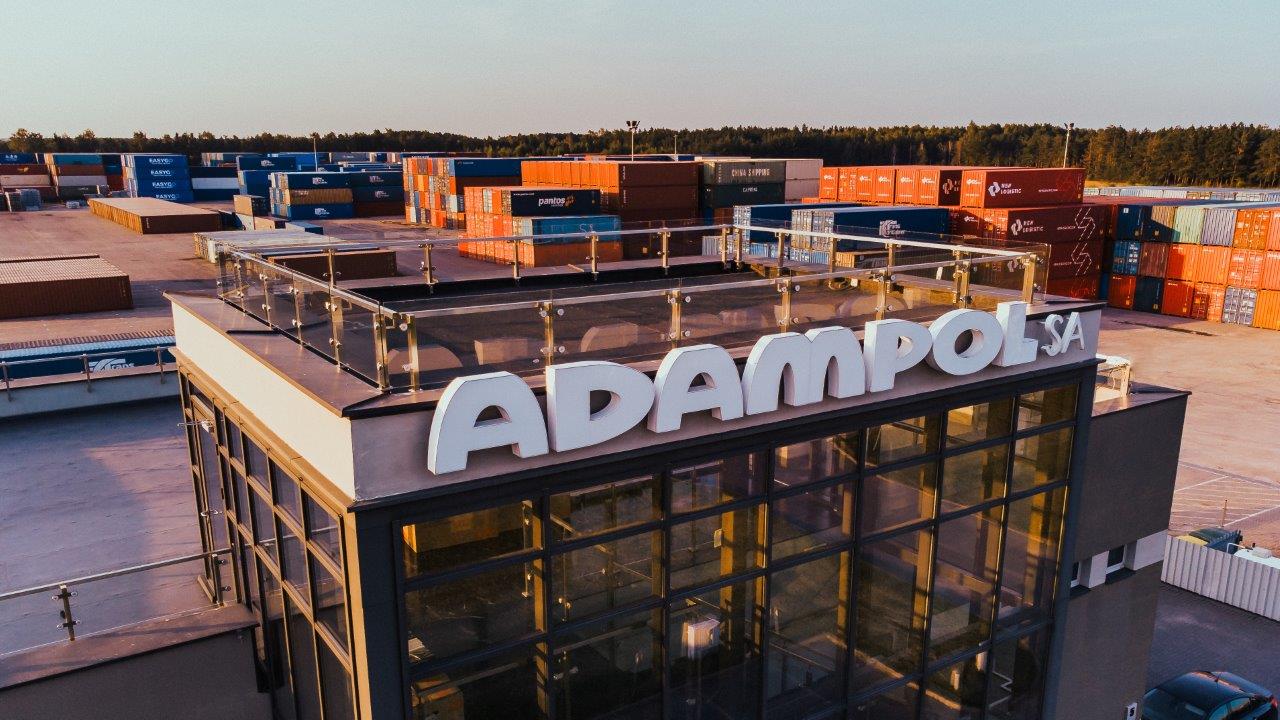The art of Eurasian intermodal transport: what makes a company successful?

How can a company build its intermodal experience and expertise along the Eurasian corridor effectively? What are some key elements that make specialised transportation successful? ADAMPOL SA, which specialises in car transport, shared its perspective on the above questions and more via a dedicated interview.
Railfreight.com had an exclusive chat with Barbara Wójcik, Deputy Commercial Director at Adampol SA, who went in-depth explaining how the intermodal Eurasian supply chain works and what are the benefits and challenges of putting general and specialised cargo on Eurasian tracks. In her opinion, intermodal transport is an ideal solution for the automotive industry.
The interview with Barbara Wójcik was divided into two parts. The second part discussing current challenges and safety will be published in early January.
What percentage of ADAMPOL’s operations is intermodal? How much has this percentage changed over the years, and what were the main drivers behind this shift?
ADAMPOL was established in 1990. Since the beginning of its existence, it has been involved in servicing and transporting passenger cars. We have started with so-called general cargo only in 2015. Since we didn’t have any general cargo experience then, we decided to gather skilled and experienced people. We were building the group of clients step by step, starting with filling out our warehouse. Let me underline that we’ve got almost 20,000 square meters of storage area in Małaszewicze. This is No. 1 in terms of available storage area in this region.
Since 2015, the percentage of operations performed in the logistical centre of Małaszewicze has grown from zero in general cargo to 70- 80 per cent of current volumes.
Various factors contributed to this growth. For instance, the geographical location of the Logistical Centre of ADAMPOL in Małaszewicze is an important one. The Centre is located on the Transeuropean Transportation Corridor No II, connecting the East and West of the Eurasian continent.
Additionally, the crisis of 2008 made us think creatively and use available resources optimally. For example, dua-gauge sidings, compounds, and warehouse are all located on a Duty Free Zone (DFZ). The DFZ can bring several fiscal and financial benefits for enterprises that use it: unlimited storage period without needing to pay customs duties, excise tax, or VAT. Possibility to make dismounting, mounting, repackaging, labelling or any other required, as well as commercial operations: purchase or sale of goods located on the DFZ.
In conclusion, the triggers were external, but our know-how and resource management helped us extend our portfolio and start handling general cargo.

What are the main intermodal routes used between China and Europe? According to your experience, which one is the most efficient?
Three main routes connect China and Europe: TSR (Trans-Siberian Railway), TCR (Trans-China Railway), and the Southern Corridor. Currently, international consultations and work are underway to create alternative routes connecting both ends of the Eurasian continent. However, it is an indisputable fact that the route in the E2 TCR or TSR transport corridor for goods from Korea and Japan, running through Małaszewicze, is the most natural route from a geographical point of view and the most economical in terms of finances and time.
All users are aware of the benefits of using the central corridor. Rail transport is a stable option. It enables the import of large amounts of goods at a relatively low cost and reasonable delivery time.
Could intermodal transport between China and Europe develop more? If so, how?
Intermodal transport between Europe and China will develop. Institutions/stakeholders from several areas are involved. First of all, state institutions create transmission and transport infrastructure and thus enable the transport of goods from point A to point B. Enterprises build point infrastructure, i.e., transhipment terminals and places for official inspections and customs clearance. Companies provide means of transport: locomotives, wagons, containers. Finally, other companies ensure communication between all parties of this transport by delivering IT solutions.
All those mentioned are involved in the operation and construction of this transport corridor. They have invested money and time, so they will be very determined to maintain and develop the existing potential of this transport corridor. On the other hand, customers are already convinced of the benefits of using this logistics solution. Therefore, We are confident that each of the groups mentioned is interested in using this corridor.
In this situation, we only need to wait for a change in geopolitical conditions. However, it should be remembered that transport corridors cannot be changed based on the decisions of one person, company or even a specific group. Geography, terrain, and distances are the most critical factors in determining an optimal route. We want to use the most optimal solutions. In this sense, the central Eurasian corridor has been there for centuries and is the most preferred one.

Does intermodal transport suit Eurasian automotive logistics? What are the main benefits?
Intermodal transport is an ideal solution for the automotive industry. Many factors confirm this. In the current production structure, we are dealing with a situation in which automotive component manufacturers and car manufacturers are located in different parts of the Eurasian continent. This means that transport in many different directions is needed.
The issue of transporting components is very complex. We are dealing here with many forms of packaging, with goods sensitive to transport and handling conditions, and with dangerous goods under road traffic regulations, i.e. ADR/RID. Therefore, the transport and the entire logistics chain must follow the specificity and requirements of the handled goods. Additionally, we deal with different railway and customs systems on such a long transport route. All these requirements make intermodal transport the best solution in the automotive components industry.
When it comes to finished cars, there are also many technological solutions that make intermodal transport very profitable. It is worth paying particular attention to punctuality and low loss rate of deliveries. Containers intended for transporting cars have a special loading system developed. It allows for the greatest possible use of the container’s cargo space and very effective and reliable securing of the cargo.
We are dealing with a real revolution in the automotive market. We are moving from combustion engines to hybrid and electric. This technology is constantly under development and improvement. This brings challenges regarding transport safety and adapting the infrastructure to changing requirements. Currently, the standard is a terminal that fully supports electric cars. In addition to the basic conditions for this type of cargo, care should also be taken to adapt to current market trends. While we have only had charging stations for classic car batteries so far, we now also have chargers for electric cars. We train our employees in this direction to professionally handle the movement of electric vehicles at the storage yard in Małaszewicze. We have four stationary chargers and two mobile chargers. Our company can offer a full intermodal concept for passenger cars in the “doot-to-door” system. I would also like to emphasise that we mainly use the company’s own resources: a transhipment terminal with all equipment and a fleet of car transporters.







